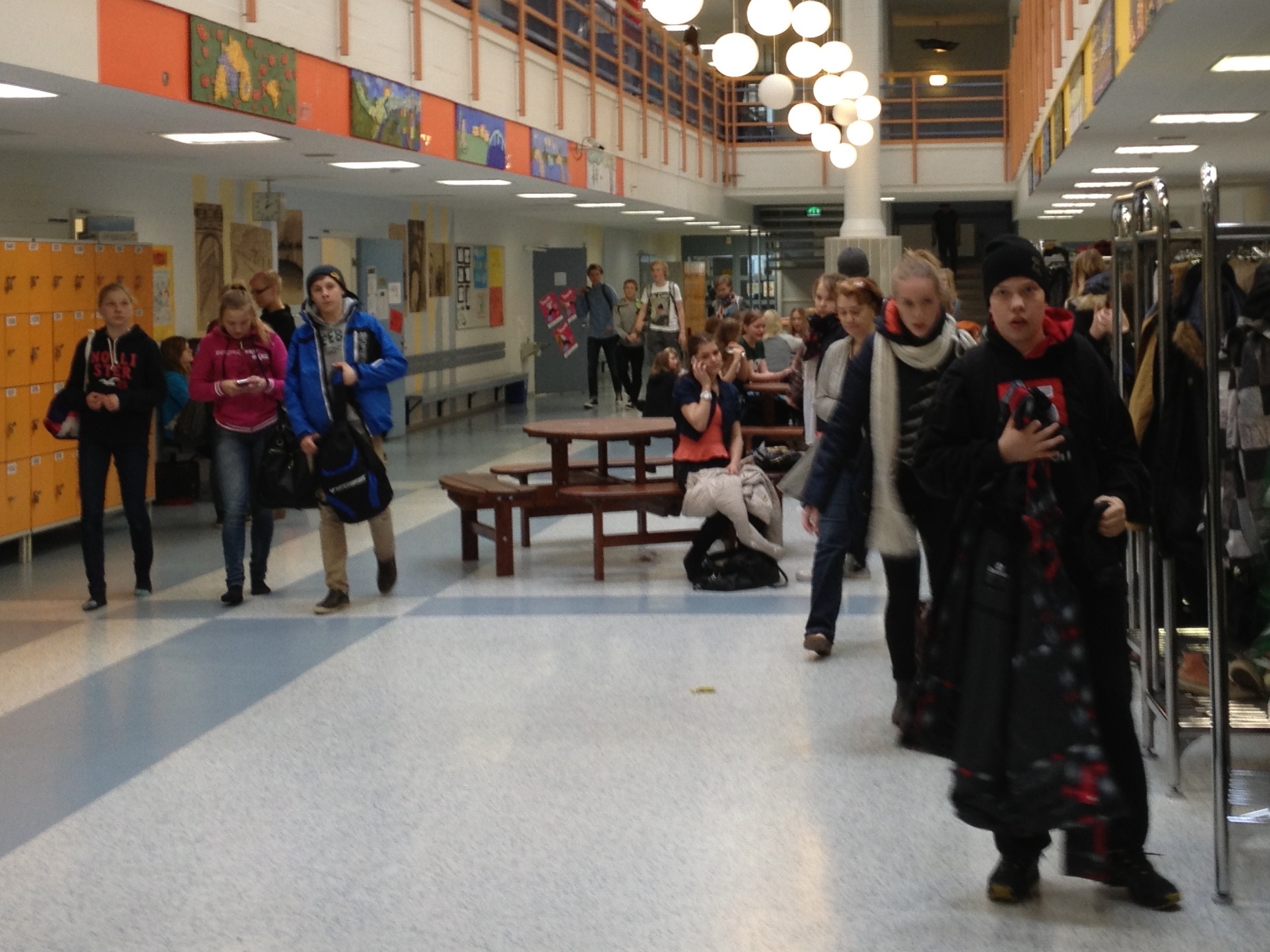In Finland, education is a national priority. It caters to working families and receives plenty of funding, with more than 55 percent in federal dollars. Free meals, health care and outside-of-class child care are available to all students, who start formal schooling at age 7. Formal schooling begins after state-sponsored compulsory kindergarten that features outdoor play and exploration.
School is mandatory through grade 9, or age 16, with two tracks in high school—general academic and vocational. Nearly 40 percent of students choose the vocational side. This is geared toward what the country expects to need in the next decade in terms of skilled workers, such as computer coding and engineering.
Class size averages around 20, which is a little smaller than in the U.S. And standardized testing and school assessment barely exist.
Here are 10 facts about Finnish education that U.S. educators can learn from.
1. Less class time
Students spend less time in class than their American counterparts. This requires highly prepared teachers to lead students in deeper subject explorations.
For example, Finland will begin individually phasing out traditional school subjects—physics, math and history—out of the curriculum. They will replace them with an interdisciplinary instructional format. A lesson on World War II, for instance, will combine history with geography and math.
2. Finland reveres teachers
The Finnish view teaching as a highly respected, coveted and comparatively well-paid profession. Only 10 percent of students who apply to college-teaching programs are accepted. Preparation is rigorous; no teacher even steps in front of a class without a master’s degree.
3. Low seat time
Finland has one of the the lowest student seat times in the world at about 20 hours per week. By comparison, U.S. and Chinese students average around 30 hours while Japanese and German students sit for close to 24 hours, according to a report from the Center for Public Education.
4. Teachers have more prep time
Finland mandates 15-minute recess periods between every class, so teachers can have extensive time for lesson preparation.

5. More power to schools
Autonomy and trust are given to the individual schools in terms of what is taught and how it is taught. This helps empower educators.
6. Less homework
Finnish teachers assign less homework than do their international counterparts. They believe that the best place for students to learn is at school where trained professionals are available to assist. Quality is also emphasized over a quantity of assignments.
More from DA: Homework overhaul U.S. schools
7. Keeping it simple
Finland has well-built and practical schools that do not overly rely on technology. Classrooms are basic, with traditional chairs, tables and chalkboards instead of interactive whiteboards.
Although Finnish educators teach computer education, they rarely use laptops and Chromebooks outside of lab spaces.
8. Matching parent schedules
The Finnish approach K12 education as more than an 8 a.m. to 2:30 p.m. experience. It includes before- and after-school programs geared around the working schedules of parents.
9. Focus on soft skills
In Finland, life skills that build character—such as critical thinking and group problem-solving—anchor the education process. By presenting real-world challenges with direct personal connections, such as designing and building a school greenhouse, students learn how to plan, perform tasks and then evaluate their work.

(Photo: Kevin Oliver, CC BY-NC-ND)
10. Community-based education
Finnish students engage in hands-on community-based projects, such as planting trees to help preserve a local salmon habitat. This deepens student interest and learning.







